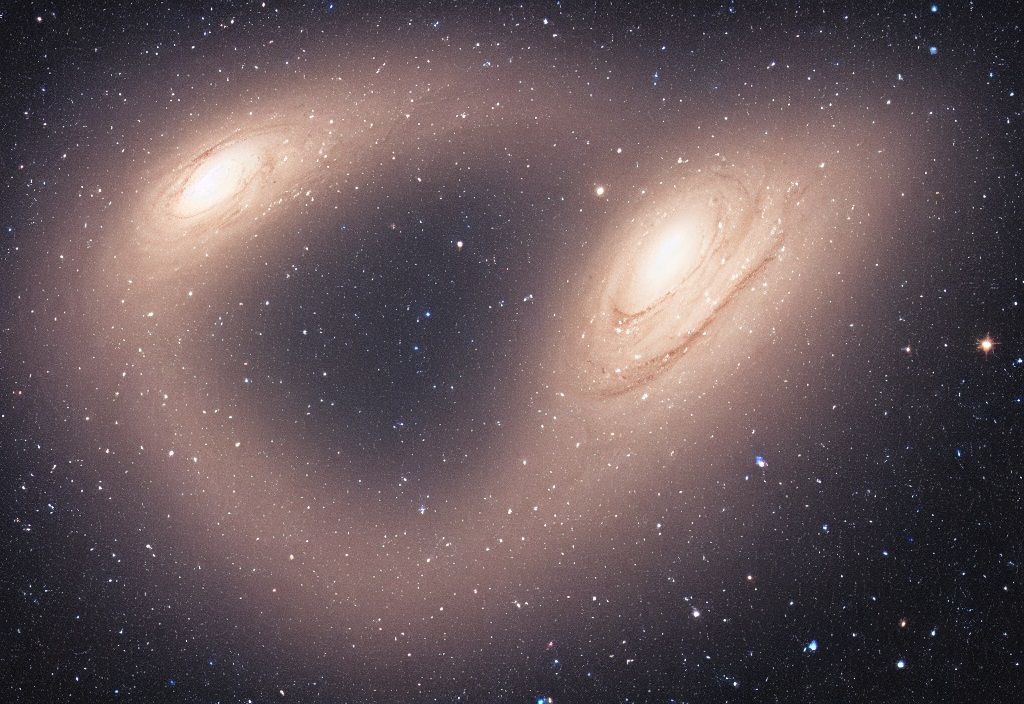Stable Diffusion AI Predicted how the Andromeda and MilkyWay galaxies will merge
3 min read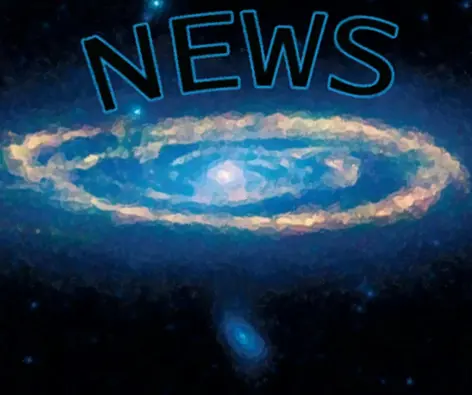
Andromeda News
Stable Diffusion AI Predicted how the Andromeda and MilkyWay galaxies will merge
It would seem that the Andromeda Galaxy is doing the blending. Astronomers reported on November 29 that they have found evidence that at least two separate galaxy mergers collided more than 3 billion years ago. This creates the two big lobes seen in the Milky Way and beyond: the galaxy known as the Andromeda Galaxy.
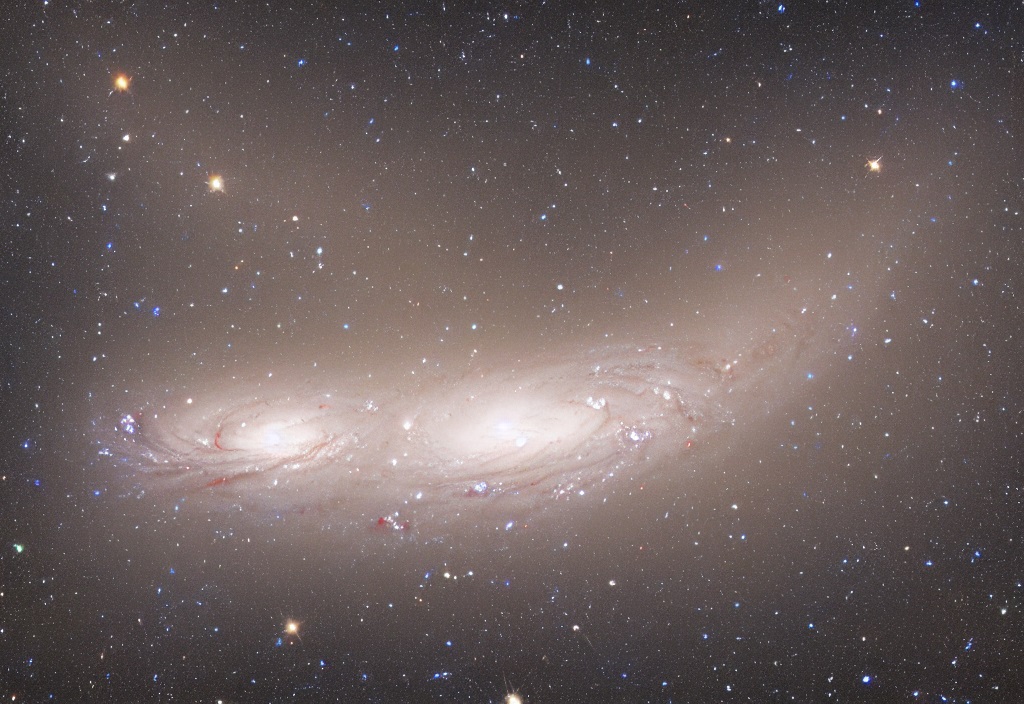
Andromeda and Milky Way galaxies are merging. – pictures by Stable Diffusion AI
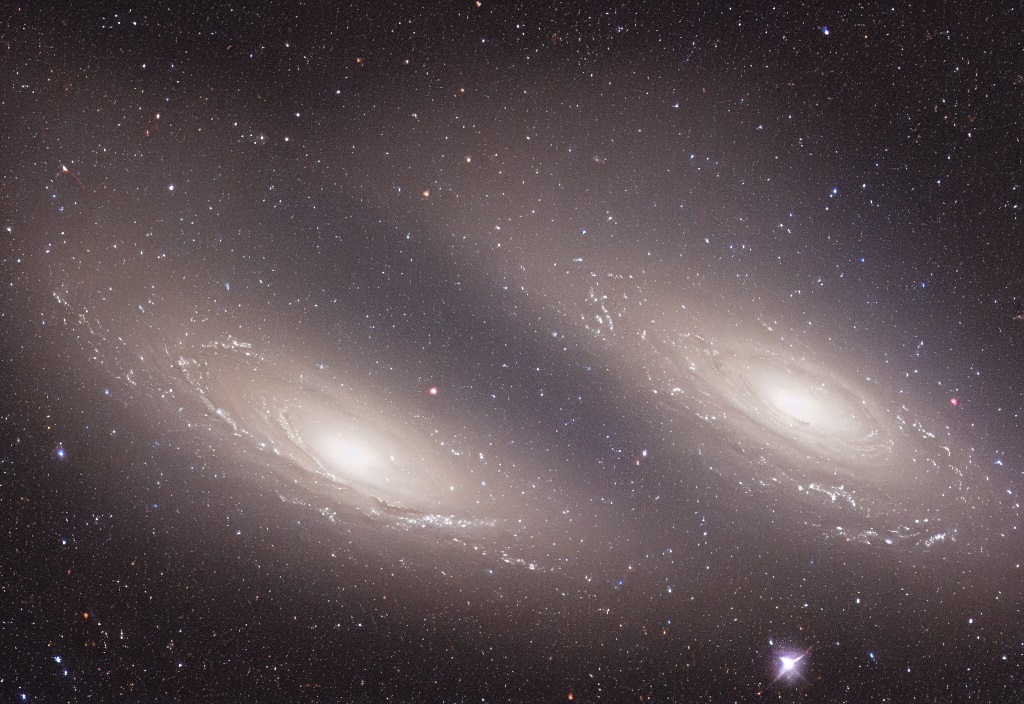
Creative Story And Images Created By Neural Networks
Star formation around the Andromeda Galaxy had been suspected for years. Such star-forming regions in distant galaxies are often shrouded in huge clouds of dust and gas. But in the past decade, astronomers have studied different features of the galaxy, including the bright clouds of dust and gas that surround it, and they’ve been able to examine these to determine that the dust clouds are creating lots of stars, and not just forming at the edge of the galaxy. Now, using the powerful Hubble Space Telescope, researchers from the U.S. and the Netherlands have found exactly how star formation is proceeding.
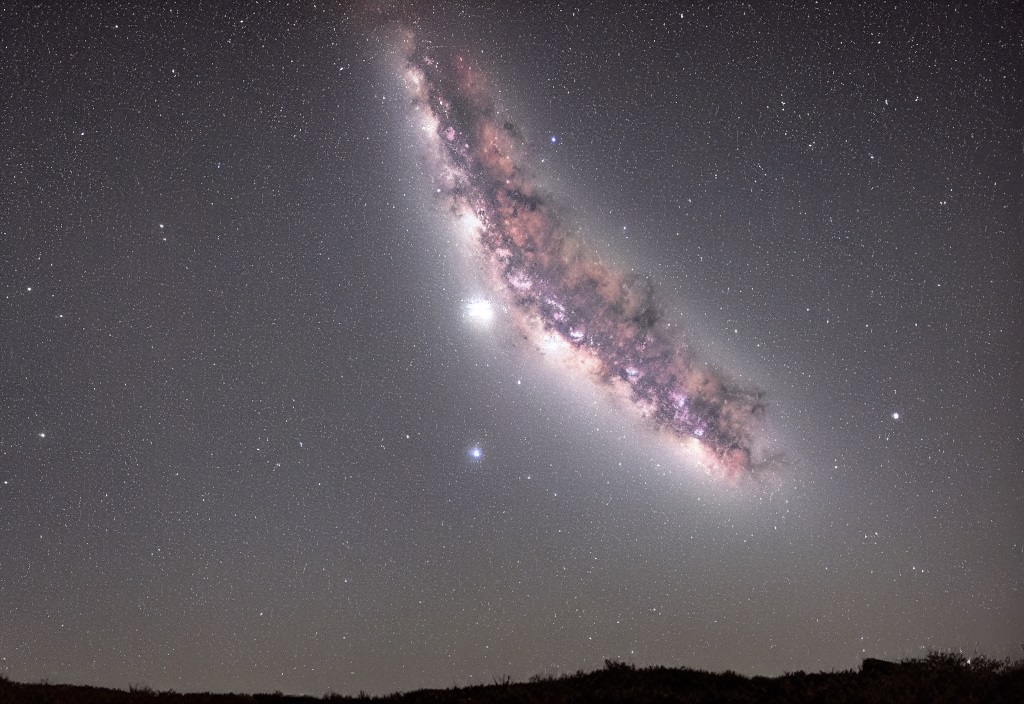
The galaxy is believed to be the most distant galaxy yet to be imaged. “This galaxy appears to have survived its close encounter with the more massive Milky Way Galaxy, and is contributing to a merger with another galaxy now happening in the far outer regions of the Galaxy,” the authors write. In their report in the February issue of the journal Monthly Notices of the Royal Astronomical Society, they note that the galaxy is huge, with a total mass of more than 300 billion solar masses, but that it’s still far too faint to see individually, and that if the galaxy were a typical intermediate-mass galaxy, it could be more than 5 million light years from the Earth.

There’s more. Much more. Like a galaxy merging together with an inner galaxy from more than 3 billion years ago.

“The merger between galaxies will eventually help merge the clouds and create clouds and dust with millions of suns in them,” says NASA. In the end, that would create a single galaxy that’s much bigger than the actual Milky Way. And, if not the Andromeda Galaxy, a merger with other galaxy would push it to its demise.
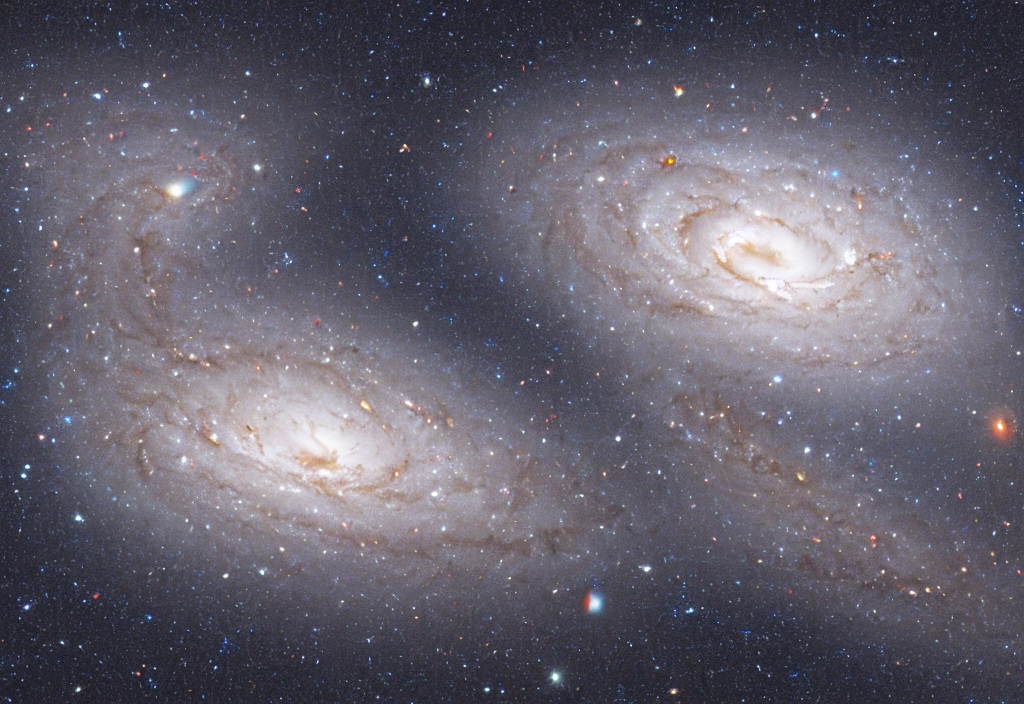
“The merger with the galaxy from more than 3 billion years ago will eventually pull it to its demise,” NASA says.

So what’s the deal with the Andromeda Galaxy?
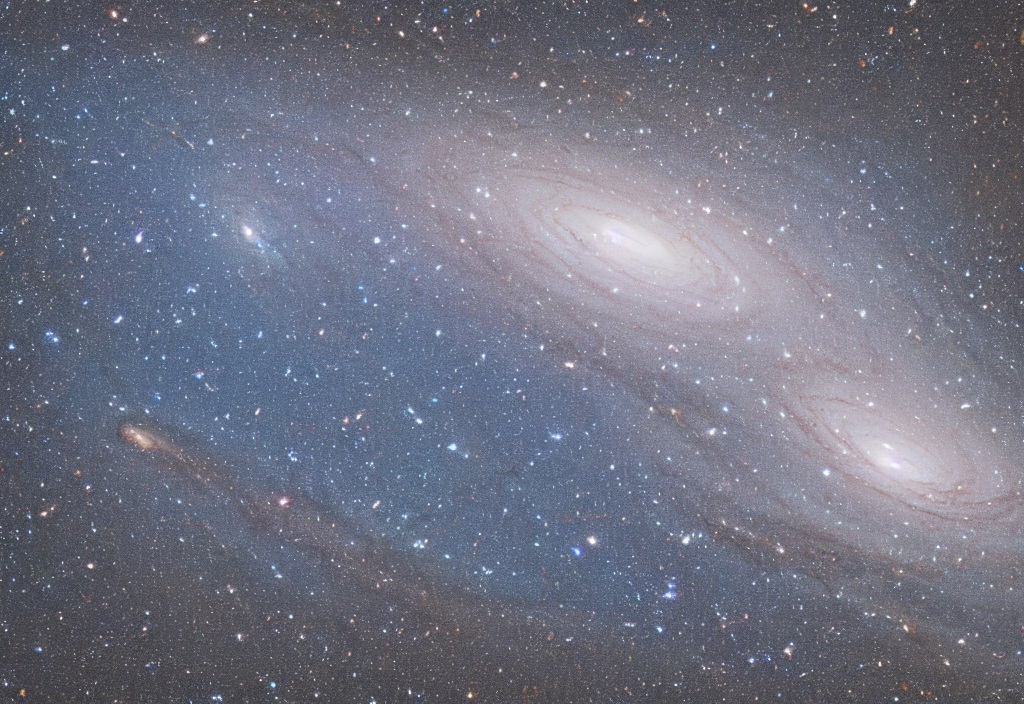
“By merging with another galaxy, Andromeda will create what astronomers call an asymptotic giant branch,” explains NASA. “As long as this process continues, Andromeda will stay more or less in the same place and is also expected to merge with the Milky Way.”

“Although both the Milky Way and the Andromeda Galaxy seem to be safely ensconced in their orbits around the galaxy, they may be gradually being pulled apart. At any moment, they may be about to merge to form an enlarged, enormous elliptical galaxy. These mergers may have led to other colliding galaxies that are similar to the galaxies that collide in the new findings,” NASA says.
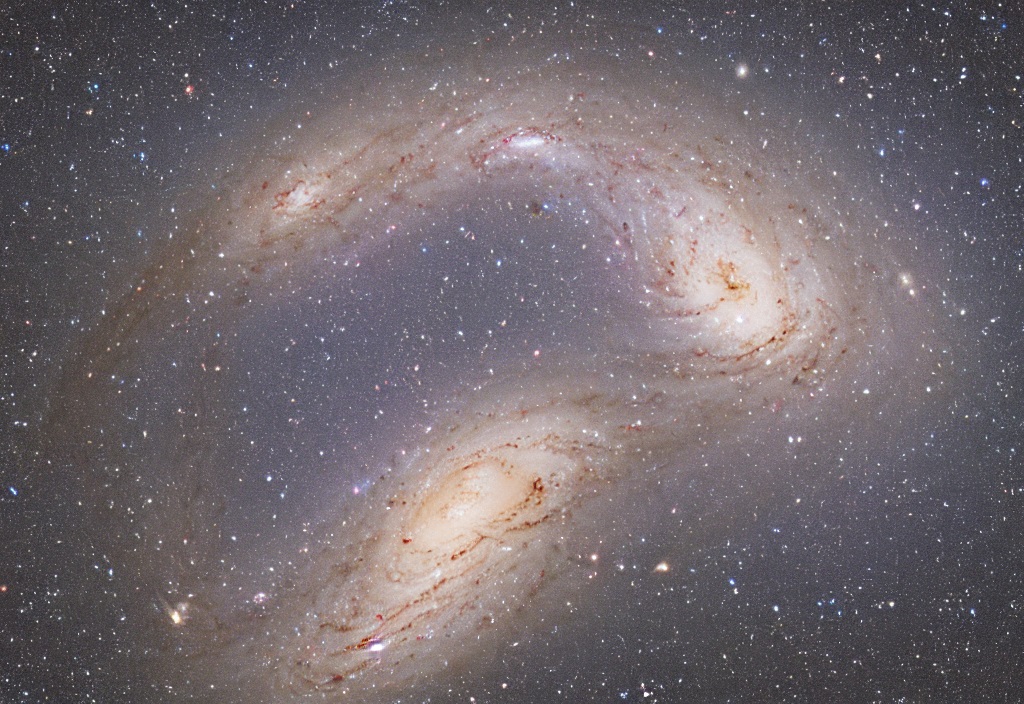
The new research was performed using images taken from the Hubble Space Telescope’s Cosmic Origins Spectrograph and the Wide Field Camera of the space agency’s space telescope.
“As the Milky Way and Andromeda merge, they could become like two friends who are growing together, merging with each other frequently to create more distant, massive galaxies,” NASA says. “The beauty of science is that it reveals how life developed on our Earth, and eventually could change it. But that doesn’t necessarily mean we should be watching from the very edge of the galaxy, crying, “Hold on, and do not give up the sight of the beautiful sun.”
Andromeda will be there, merging and merging, and we won’t be able to see it. But you can see it, and you can join the effort to merge it into a single galaxy. (Via art obviously)
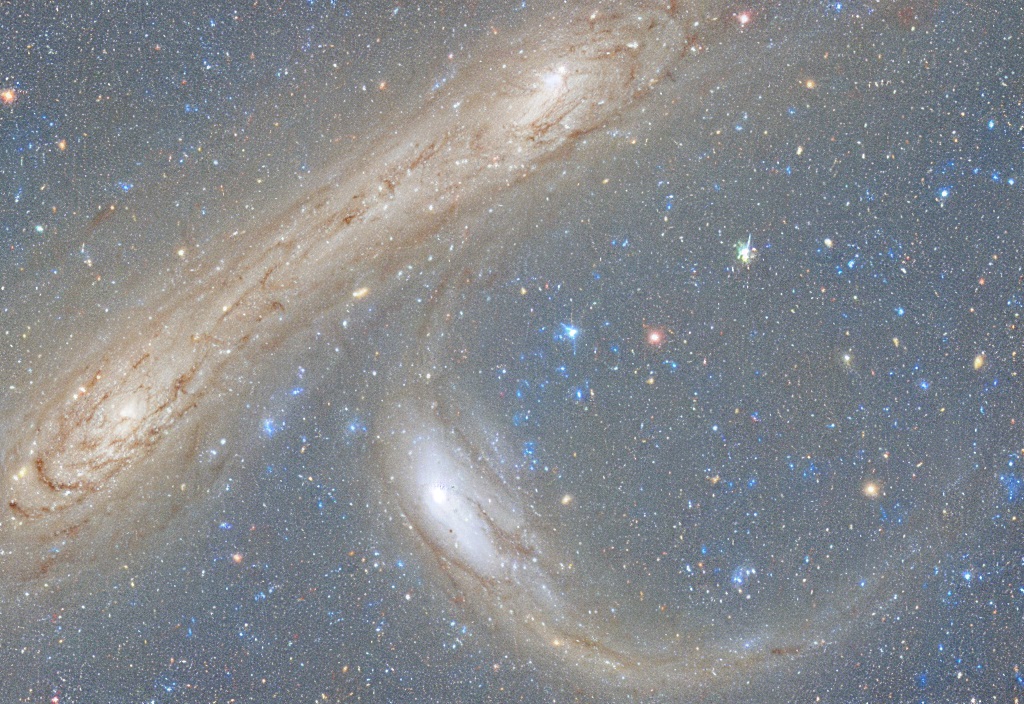
The Andromeda Galaxy, at least, will still be beautiful.
“The intriguing beauty of galaxies like Andromeda can be viewed from billions of light years away in the gravitational shadows that galaxy clouds cast on the super-bright disks of a cluster of galaxies nearby,” NASA says.
“Andromeda’s enormous gas clouds seem to reflect the Milky Way in a milky way that reveals more about the Milky Way than the faintest galaxies might,” the agency says.
Pictures are generated by Neural Networks and should be perceived as an artwork, not an actual photage
